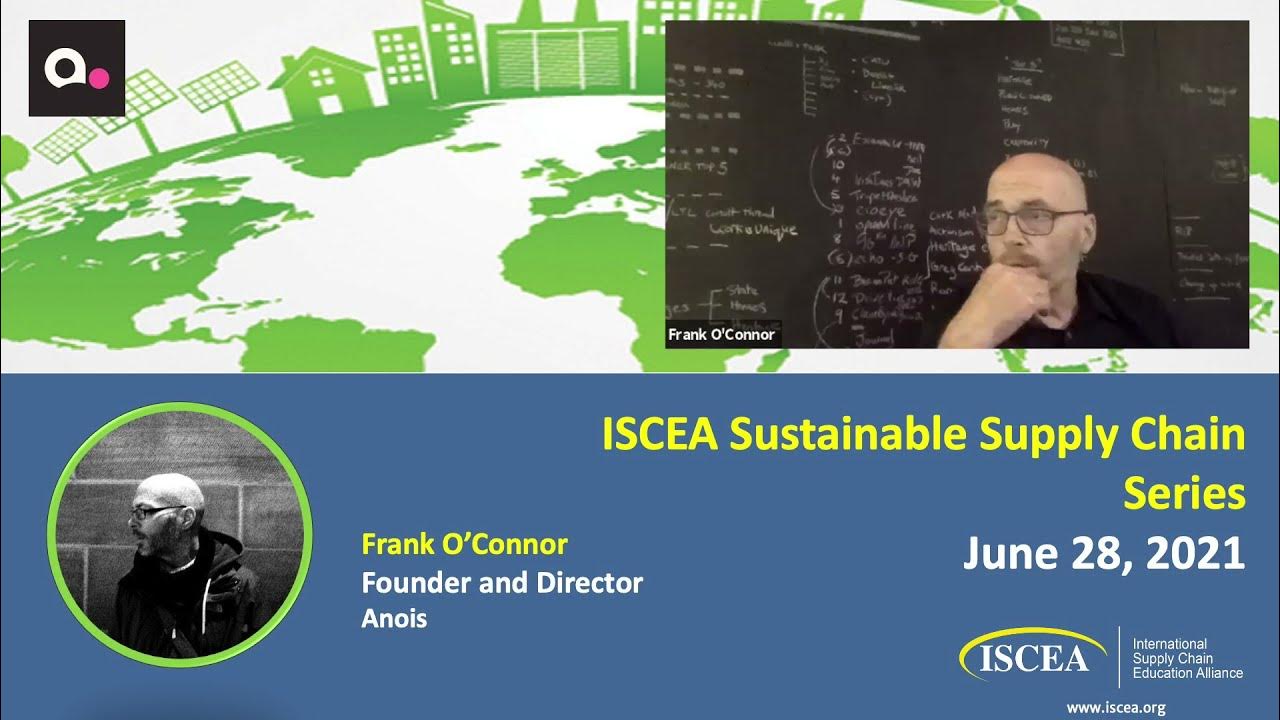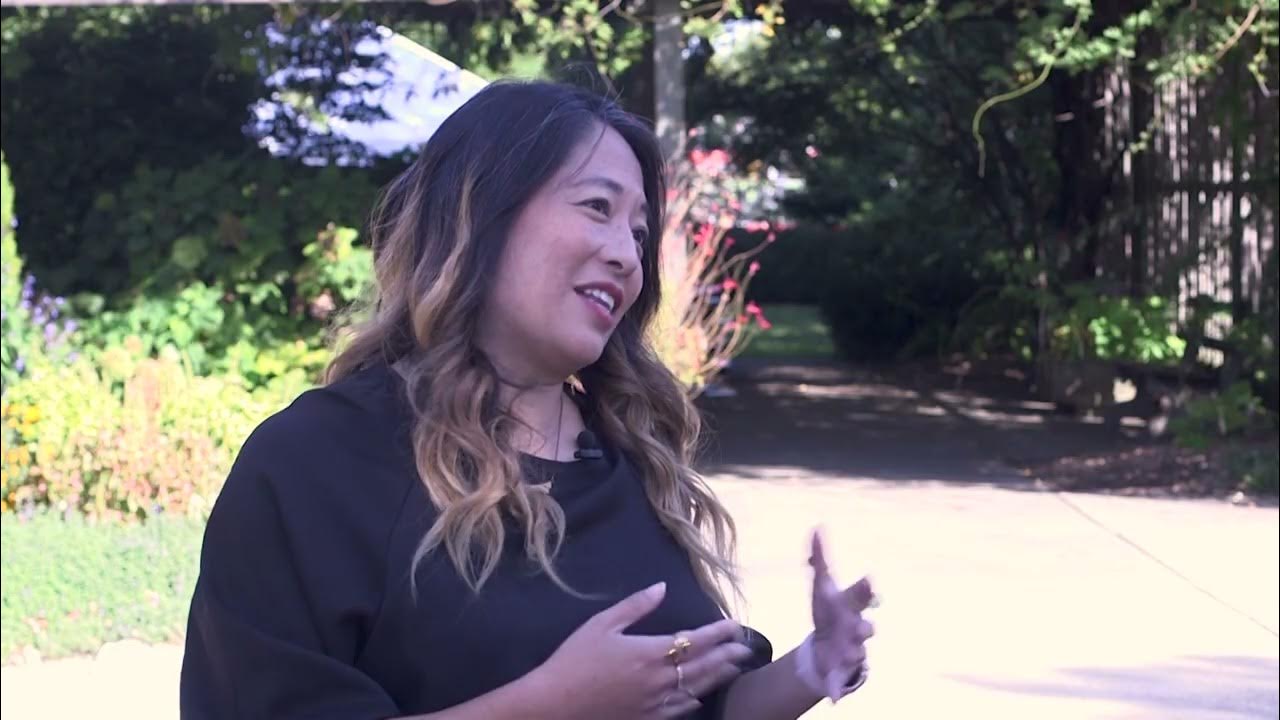Circular Economy through Supply Chain Innovation - Sustainn
Summary
TLDR本次访谈中,Thiago作为Sustain公司的循环经济创新官,分享了他在西班牙推动循环经济实践的经验。他强调了供应链在实现可持续转型中的关键作用,并讨论了如何通过创新咨询服务和知识共享来指导组织走向循环经济模型。Thiago还提到了Sustain公司如何通过减少碳足迹、认证和遵循绿色采购指南来实现自身供应链的可持续性。此外,他还探讨了供应链管理者应如何关心可持续性,并区分了可持续供应链与循环供应链的不同。最后,Thiago提出了从线性经济向循环经济转变的三个关键步骤:意愿、知识和合作。
Takeaways
- 🌟 Thiago 是一位循环经济创新官员,致力于帮助企业和创新者通过连接不同行业的创新来应用循环经济实践。
- 📈 Thiago 通过作为顾问,帮助创业者加速从线性经济向循环经济的过渡,设计和扩展循环商业模式,并发现绿色资金机会。
- 💡 Sustain 是一家咨询公司,专注于指导组织通过创新咨询服务和分享知识,向循环经济模型和可持续未来转型。
- 🔄 Thiago 认为供应链是组织变得更可持续的关键领域,因为供应链对环境影响巨大。
- 🌱 Sustain 通过自身实践,如测量碳足迹、努力减少排放、实现碳中和,以及获取认证来展示其对可持续性的承诺。
- 🛍️ Sustain 遵循欧盟的绿色采购指南来选择供应商,以确保其供应链的可持续性。
- 📚 市场正在推动公司变得更可持续,供应链管理是实现这一目标的关键角色。
- 🔄 Thiago 提出可持续供应链是目标,而循环供应链是实现这一目标的方式。
- 🌐 循环经济是一个经济模型,旨在设计出无污染和浪费的系统,并保持产品和材料的使用。
- 🤝 要实现从线性到循环经济的转变,需要三个要素:改变的意愿、知识以及合作。
- 🛠️ 中高层供应链管理者可以通过获得领导层的支持、定义公司可持续供应链的规则,并实施和开发可持续供应链来实施循环思维。
Q & A
Thiago在Sustain的角色是什么?
-Thiago在Sustain担任循环经济创新官,他的工作是支持那些有影响力的变革者和创新者,通过连接不同行业的创新人士,帮助他们应用循环经济实践来寻找解决方案。
Sustain作为咨询公司,主要的工作内容是什么?
-Sustain作为一家咨询公司,主要工作是引导组织向循环经济模型和可持续未来转型,通过提供创新咨询服务和分享知识。
如何通过供应链管理实现组织的可持续性?
-通过定义更可持续的战略,将供应链作为关键领域进行优化,因为供应链对组织的影响巨大,是实现可持续性的关键。
Sustain如何确保自身的供应链可持续性?
-Sustain通过测量碳足迹、努力减少排放、实现碳中和、获取外部认证以及遵循欧盟的绿色采购指南来选择供应商,确保自身的供应链可持续性。
为什么供应链管理者需要关心可持续性?
-市场正在推动公司变得更可持续,供应链是影响和减排的主要领域。此外,可持续性可以作为提高供应链效率、稳定性和降低运营成本的机会。
可持续供应链和循环供应链之间有何区别?
-可持续供应链是一个更广泛的概念,包括社会、经济和环境的三重影响。而循环供应链是实现可持续供应链目标的一种方式,侧重于产品设计、可再生能源和产品与材料的循环使用。
如何理解循环经济?
-循环经济是一种经济模型,旨在再生自然系统,设计出无污染和浪费的系统,并通过保持产品和材料的使用来实现资源的循环利用。
实现从线性经济到循环经济转变的三个关键因素是什么?
-实现转变的三个关键因素是改变的意愿、知识以及合作。意愿是指所有人都需要有改变的决心;知识是指基于数据和知识做出决策;合作是指需要各行业和背景的人共同协作,采取系统性的方法。
中高层供应链管理者如何在自己的组织中实施循环思维?
-首先需要获得领导层和其他部门的支持,然后与关键供应商合作,定义适合公司可持续供应链的规则手册,并在实施过程中解决挑战,抓住机遇。
为什么需要外部咨询机构如Sustain来帮助组织转型?
-外部咨询机构可以提供专业知识和最佳实践,帮助组织更有效地实现可持续和循环供应链的转型,避免尝试和错误,确保转型的成功。
供应链管理者在推动组织向更循环的经济转型中可以发挥什么作用?
-供应链管理者可以通过获取领导层的支持、与其他部门沟通协作、与关键供应商合作,以及在组织内部推广和实施可持续供应链的实践,来发挥关键作用。
Outlines

This section is available to paid users only. Please upgrade to access this part.
Upgrade NowMindmap

This section is available to paid users only. Please upgrade to access this part.
Upgrade NowKeywords

This section is available to paid users only. Please upgrade to access this part.
Upgrade NowHighlights

This section is available to paid users only. Please upgrade to access this part.
Upgrade NowTranscripts

This section is available to paid users only. Please upgrade to access this part.
Upgrade NowBrowse More Related Video

Integrating Circularity in the Supply Chain - Anois

Food Systems Innovation

El turismo como estrategia de desarrollo local -Anna #01 - Bienvenida

The Journey From Monetary Shock To An Innovation-Led Economic Boom | ITK with Cathie Wood

Joyce Chen - Planning for Integrative Learning

高大訪談 Part2 上集(有Ai字幕請打開)(時間標記以附上)
5.0 / 5 (0 votes)
